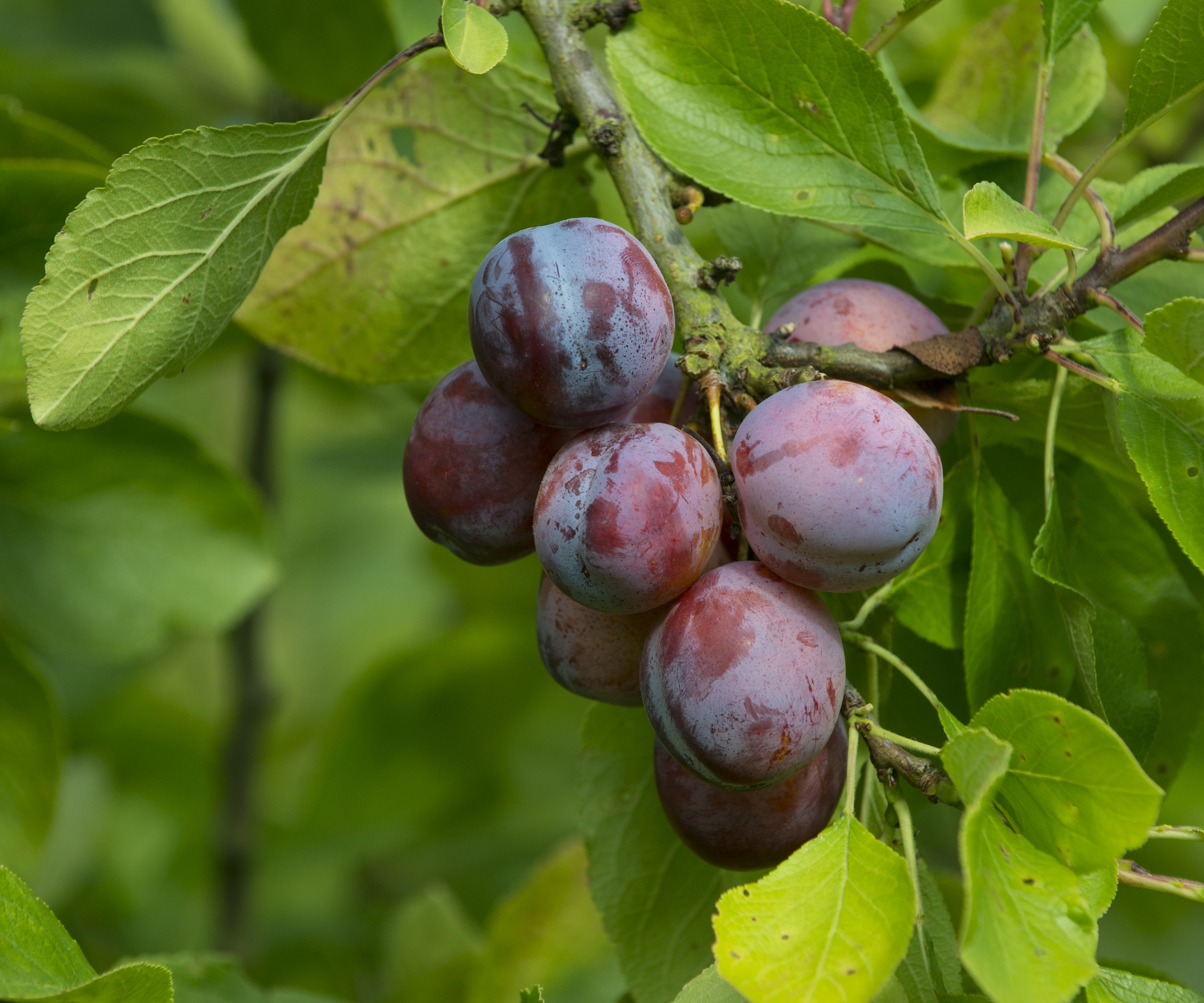7 plants to prune in June – shrubs and trees to trim this month, with tips from an expert gardener
Keep plants healthy and looking their best with our monthly pruning guide


June is always a very busy month for a gardener. Whether it is planting, sowing, watering, feeding, or weeding, the to-do list quickly fills up. And, of course, you cannot overlook pruning. It is a year-round necessity to keep plants healthy and looking in top shape, and I cannot remember a month as a professional gardener where my pruning tools didn’t see a lot of action.
There can be different reasons to prune plants in June. Lots of shrubs are in full growth mode, and a light prune this month will keep them neat and compact, while others may have already done their blooming for the year, yet will benefit from a trim to get them prepared for next spring.
Bearing that in mind, this guide reveals seven plants to prune in June. This selection of trees and shrubs will all benefit from some attention this month, whether a gentle touch or a more major overhaul. Get those pruning tools ready, as there are shrubs to prune this month.

Our picks of plants to prune in June
These are all plants to prune in spring or early summer, however, not all shrubs or trees will respond well to trimming in June.
These will all cope with pruning this month, but for anything in your yard not mentioned here, check whether you should or should not prune in spring before you head out with the pruning tools. A quick research should prevent any mistakes that risk the look or health of any tree or shrub.
1. Deutzia

These spring-flowering shrubs provide a dazzling display of little star-like blooms for a few weeks in May or early June and are best pruned just after the plants are done flowering.
As deutzia flowers on wood produced during the previous season, pruning promptly after blooming gives the shrub lots of time to develop fresh growth to carry next spring’s flowering display.
Design expertise in your inbox – from inspiring decorating ideas and beautiful celebrity homes to practical gardening advice and shopping round-ups.
Remove any dead, diseased, or damaged stems, along with any weak, crossing, or unproductive ones. Then trim the tips of flowering stems back by around a third to promote lots of new growth.
Older, congested shrubs will benefit from having a third of the oldest stems removed to the ground. The new, younger stems that grow will be more productive than these older ones.
2. Rosemary

Rosemary is both a great ornamental plant and a versatile culinary herb. It is hugely popular among gardeners, whether in herb gardens, in pots, or lining paths or patios. To keep the plant compact and attractive, knowing how and when to prune rosemary is important.
Prune rosemary lightly after flowering in late spring or early summer to retain the shape and prevent having ugly, woody rosemary plants due to a lack of trimming.
As for how to prune rosemary, remove the old flowers with pruning shears and cut out any dead or damaged branches. It is then a case of giving the shrub a light trim with shears to neaten the look and rejuvenate the bush. Take care not to cut into the old wood, which is a pruning mistake because rosemary does not regrow from old wood.
On top of pruning for the look, June is a good month to harvest rosemary. You can regularly snip stems to get fragrant leaves for cooking, medicinal purposes, to dry, or to use as a pest deterrent.
3. Privet

Growing privet has been popular for many years as it quickly creates a great privacy hedge or screen. However, its fast-growing nature means it is important to regularly prune a privet hedge to ensure it remains neat and in top condition.
Such a fast-growing hedge requires more than one prune per year, and the first comes in spring or early summer. Remove any dead, diseased, or damaged branches completely before shaping the hedge with pruning shears or hedging shears.
When you prune hedges, taller ones are best trimmed into a tapered shape. The top should be narrower than the bottom so light reaches the lower branches. Also, don’t get carried away and remove more than one-third of the growth.
4. Plum trees

It is important to get the timing right when you prune fruit trees. Some want to be pruned in winter, like apples and pears, while stone fruits are best pruned during their growing season.
As for when to prune plum trees, they fall into the latter category and are pruned from spring to midsummer. In particular, spring is an ideal time for young plum trees. It would be a fruit tree pruning mistake to trim them in winter, as the tree is exposed to damaging diseases, including silver leaf.
If you wonder how to prune plum trees, the good news is that it is fairly simple. Focus on removing dead, diseased, or damaged wood, any crossing branches, and ones growing inwards.
The aim is to create an open-centred tree, shaped like a goblet, so light and air can get into the tree to help develop fruits and prevent diseases. Reducing branches by up to 20 per cent can help to control the size of the tree.
5. Viburnum

Viburnums are glorious winter and spring-flowering shrubs that provide colorful and highly fragranced flowers when little else is out in a garden.
By June, these blooms will have faded, and it is an ideal time to do a little viburnum pruning to spruce up the shrub. However, hold fire on any major pruning; this is best left until winter or early spring. Whether you have a deciduous or evergreen variety, the general rule of thumb is to prune after flowering.
Trim off the dead flowers and cut back to a set of leaves or a bud, pruning off a maximum of 12 inches of growth. This cut will encourage new growth that will carry next spring’s blossom. Also, keep an eye out for dead, diseased, or damaged stems and remove these if you spot any.
6. Weigela

Gardeners love to grow weigela for its stunning springtime flowers, and getting the pruning right is key if you want the best display and healthy shrubs.
The window to prune weigela comes as soon as possible after the plants bloom in spring. As the shrubs start forming the growth to carry next year’s flowering quickly after the year’s blooms go over, any delay in pruning increases the risk of you trimming off next year’s buds.
Remove dead, damaged, or diseased stems and any that are weak, crossing, or growing in unwanted directions. You can prune out a few of the older branches to rejuvenate the plant, but don’t remove more than a third.
7. Boxwood

Boxwood is a hugely popular evergreen shrub, as it is great for hedging or as a topiary plant. While box blight and box tree moth threaten its future, it remains common in many gardens, and regular pruning is important for shrubs to stay healthy and compact.
There is a traditional adage in the UK to prune box hedges on Derby Day - a horse race held at the start of June. Many gardeners still annually trim boxwood bushes in spring, as it ensures they look neat for the summer and stimulates the growth of new shoots.
Prune on a dry and cloudy day and work your way across the shrub with a pair of clean and sharp hedging shears. Avoid damp days, which increase the spread of blight, or blazing sunshine, which causes leaf scorch.
Ahead of any pruning, take time to ensure your pruning tools are clean and sharp. It does not take long to clean and sharpen pruning shears, for example, and the rewards are worth the effort.
Sharp pruning tools make cutting easier and your shrubs and trees will be able to heal the wounds quickly. Jagged cuts from blunt or rusty tools leave plants more susceptible to pests and disease.
Finally, sanitizing tools between plants prevents you from spreading diseases around the garden. It can be as quick and simple as spraying disinfectant spray (available at Walmart) onto the blades to kill bacteria and viruses.
Shop pruning tools

Drew has worked as a writer since 2008 and was also a professional gardener for many years. As a trained horticulturist, he worked in prestigious historic gardens, including Hanbury Hall and the world-famous Hidcote Manor Garden. He also spent time as a specialist kitchen gardener at Soho Farmhouse and Netherby Hall, where he grew vegetables, fruit, herbs, and cut flowers for restaurants. Drew has written for numerous print and online publications and is an allotment holder and garden blogger. He is shortlisted for the Digital Gardening Writer of the Year at the 2025 Garden Media Guild Awards.


